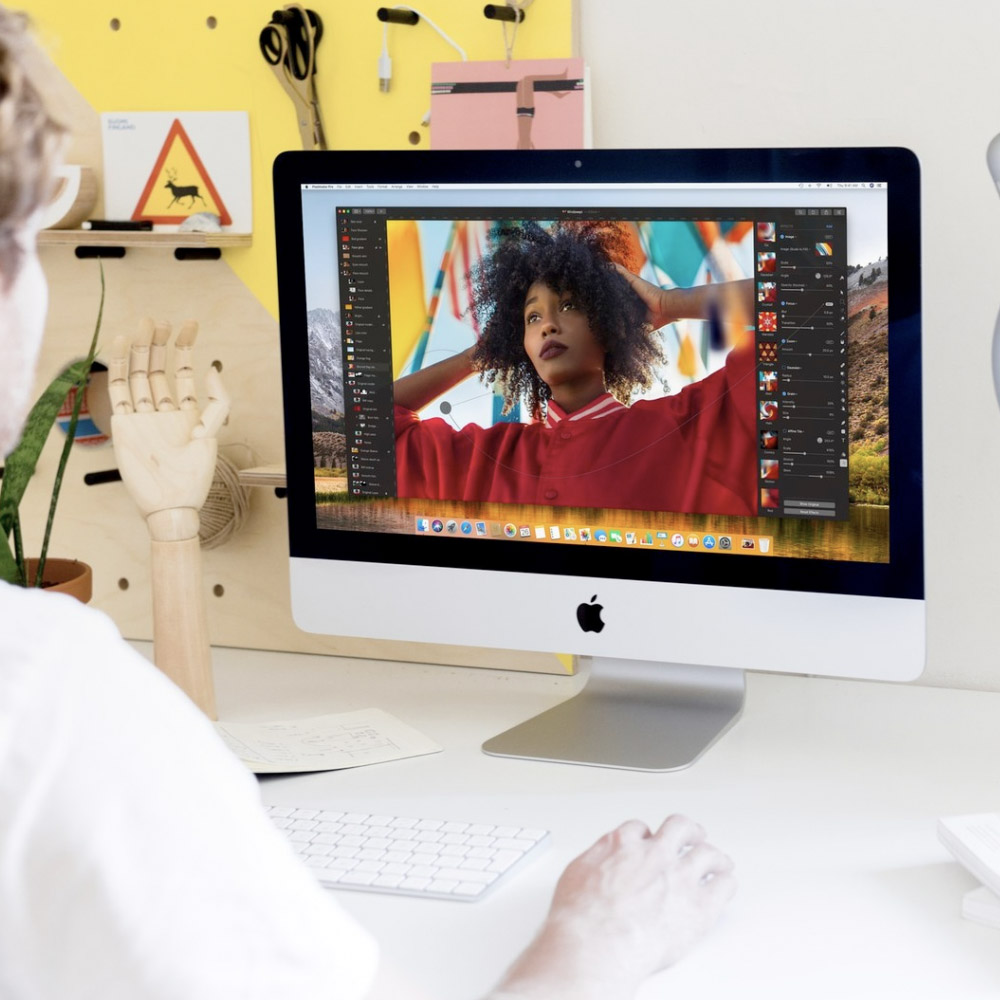Pixelmator Pro gets new ML Super Resolution mode that zooms without blurring

What you need to know
- Pixelmator Pro has been updated with a big new feature.
- ML Super Resolution lets you zoom in without destorying image quality.
- But you won't be doing it on a 12-inch MacBook.
Pixelmator Pro has received a new update, adding a feature that promises to let users zoom into images without making them look all blurry. The feature, called ML Super Resolution, uses machine learning to do things that were previously only possible in movies.
It's no secret that we're pretty big fans of machine learning and we love thinking of new and exciting ways to use it in Pixelmator Pro. Our latest ML-powered feature is called ML Super Resolution, released in today's update, and it makes it possible to increase the resolution of images while keeping them stunningly sharp and detailed. Yes, zooming and enhancing images like they do in all those cheesy police dramas is now a reality!
You can head over to the Pixelmator blog to see some great examples of what ML Super Resolution is capable of. But the gist of it is this – you can zoom into images or increase their size while still retaining a sharp, in-focus image. And my does it look impressive.

Previous methods for zooming would work, but the results might not be quite what you were hoping for.
Until now, if you had opened up the Image menu and chosen Image Size, you would've found three image scaling algorithms — Bilinear, Lanczos (lan-tsosh, for anyone curious), and Nearest Neighbor.
But now, there's ML Super Resolution, too.
As computers get ever more powerful, the additional power opens up new possibilities. One of the uses of machine learning, on a very fundamental level, is to make predictions about things. In this case, we gathered a set of images, scaled them down, and then 'taught' the algorithm to go from the scaled-down version to the original resolution, high-quality image, predicting the values of each new pixel. The algorithm can't recreate detail that is too small to be visible but it can make amazing predictions about edges, shapes, contours, and patterns that traditional algorithms simply cannot.
In order for all of this to work you're going to need a Mac with a pretty beefy GPU, though. If you're using a 12-inch MacBook, you're going to want to make some changes.
Making this available in an app like Pixelmator Pro has only become possible in the last couple of years — even on Mac computers from 5 or so years ago, ML Super Resolution can take minutes to process a single image due to slower performance and less available memory. On the latest hardware, however, images are processing in a few seconds, and even faster on iMac Pro, Mac Pro, or any Mac with multiple GPUs thanks to our use of Core ML 3 and its multi-GPU support. For the same reasons, the performance of ML Super Resolution is also significantly improved when using an eGPU.
I'd really suggest heading over to the Pixelmator blog to get the full lowdown on how this works, because it's mighty impressive. There are other changes in this update including bug fixes, but the new ENHANCE! feature is undoubtedly the star of the show.
You can download Pixelmator Pro from the Mac App Store now.
iMore offers spot-on advice and guidance from our team of experts, with decades of Apple device experience to lean on. Learn more with iMore!

Oliver Haslam has written about Apple and the wider technology business for more than a decade with bylines on How-To Geek, PC Mag, iDownloadBlog, and many more. He has also been published in print for Macworld, including cover stories. At iMore, Oliver is involved in daily news coverage and, not being short of opinions, has been known to 'explain' those thoughts in more detail, too.
Having grown up using PCs and spending far too much money on graphics card and flashy RAM, Oliver switched to the Mac with a G5 iMac and hasn't looked back. Since then he's seen the growth of the smartphone world, backed by iPhone, and new product categories come and go. Current expertise includes iOS, macOS, streaming services, and pretty much anything that has a battery or plugs into a wall. Oliver also covers mobile gaming for iMore, with Apple Arcade a particular focus. He's been gaming since the Atari 2600 days and still struggles to comprehend the fact he can play console quality titles on his pocket computer.
